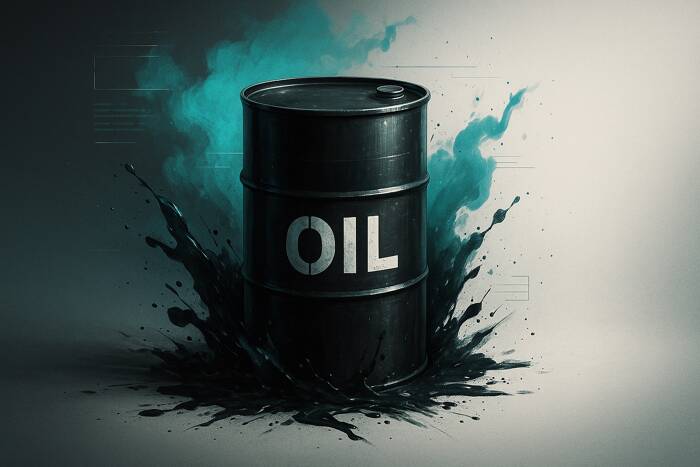India’s Russian Oil Imports in Question as Pressure Mounts
Traders are watching closely after U.S. President Donald Trump claimed Indian Prime Minister Narendra Modi pledged to halt Russian oil imports, a move that would disrupt flows from India’s top crude supplier. While New Delhi has yet to confirm any such commitment, multiple Indian refiners are reportedly preparing for a gradual cutback.
Any meaningful reduction in Indian purchases of Russian barrels would likely shift demand toward other suppliers, providing bullish support to global benchmarks. Market analyst Tony Sycamore noted the loss of a major Russian crude buyer would be “a positive development” for oil prices.
Adding to supply concerns, ongoing Ukrainian drone strikes have forced Russian refiners to postpone maintenance, with outages reported at the Saratov and Ufaneftekhim plants. Meanwhile, new UK sanctions targeting Russia’s Rosneft, Lukoil, and shadow fleet tankers could further constrain Russian exports.
IEA’s Missing Barrels Raise Questions Over Bearish Oil Outlook
The International Energy Agency continues to forecast a major global supply glut, projecting a surplus of 2.35 million barrels per day (bpd) in 2025 and 4 million bpd in 2026. However, the IEA has acknowledged it cannot account for 1.47 million bpd of oil in its August balance sheet—equivalent to 1.4% of global demand.
This “missing barrels” discrepancy significantly muddies the supply outlook. Depending on where the unaccounted oil is, the true market surplus could be as low as 500,000 bpd or as high as 3.5 million bpd—introducing broad uncertainty that complicates price expectations.
Analysts suggest the blind spot may stem from surging seaborne oil movements, particularly involving heavily sanctioned Russian, Iranian, and Venezuelan crude transported via shadow fleets. Additionally, China’s opaque crude stockpiling—estimated to have added 110 million barrels from April to August—adds to the challenge of pinpointing true inventory levels.

